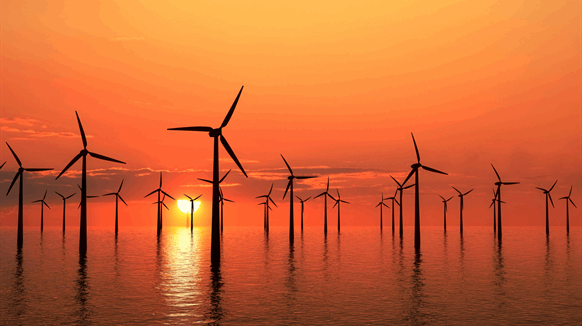Norwegian energy major Equinor has decided to postpone the development of the Trollvind offshore wind initiative indefinitely.
Equinor said the decision was based on several challenges facing the project, including technology availability, rising cost and a tight schedule to meet the original concept. The company added that it informed the relevant authorities of the decision.
The Norwegian company has previously announced a reduction in activity on the project due to the project’s technical, regulatory and commercial challenges.
“We appreciate all the positive response to Trollvind from politicians, suppliers and authorities. Trollvind was a bold industrial plan to solve pressing problems related to the electrification of oil and gas facilities, bringing much-needed energy in the Bergen area while accelerating floating offshore wind power in Norway. Unfortunately, we no longer see any way to achieve our original concept of having an operational wind farm well before 2030,” says Siri Espedal Kindem, Vice President of renewables from Equinor in Norway.
Equinor noted that rising costs have challenged the original concept that Trollvind would not require any financial support and is no longer a commercially sustainable project.
“Changes in technical solutions due to non-availability of the preferred technology have made the concept less viable. Finally, time was always going to be a challenge with the proposed timeline, and despite all the great effort, it has not been possible to mature Trollvind to the level necessary to move forward at this time,” explained Equinor.
Regardless of this decision, Equinor is still looking ahead. The company stated that its intention is still to lead the construction of an offshore wind industry in Norway.
“Knowledge and learning from working on Trollvind will be applied to other projects as Equinor remains committed to the development of floating offshore wind power in North Utsira and off Norway,” the company concluded.
Regarding the Trollvind concept, Equinor and its partners in the Troll and Oseberg fields – Petoro, TotalEnergies, Shell and ConocoPhillips – started a study in June 2022 to look at options for building a floating offshore wind farm in the area of Troll that I would feed. both fields.
The installed capacity was supposed to be about 1 GW with an annual output of 4.3 TWh and a start-up in 2027. Trollvind should have been able to provide much of the electricity needed to run the Troll and Oseberg offshore fields via an onshore connection point. When the project was announced, Trollvind was supposed to deliver power for less than 9 cents per kWh.
To contact the author, please email andreson.n.paul@gmail.com


